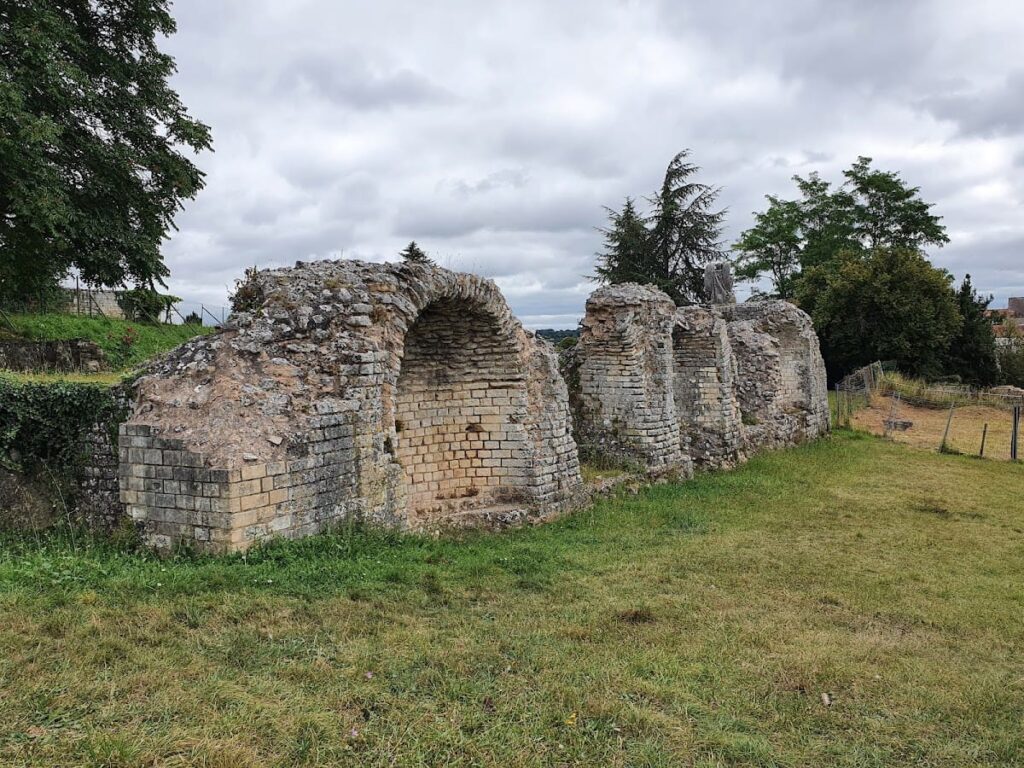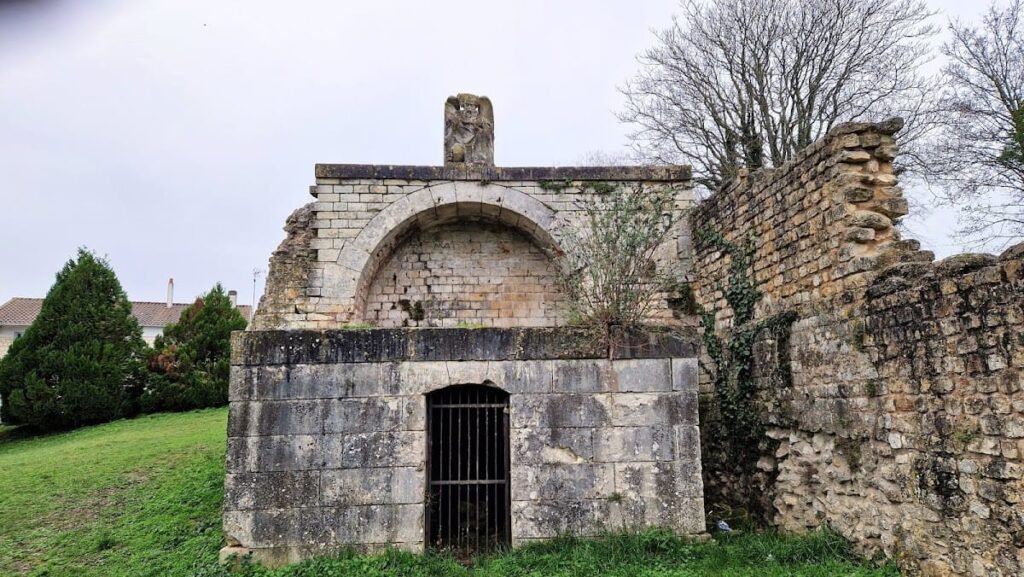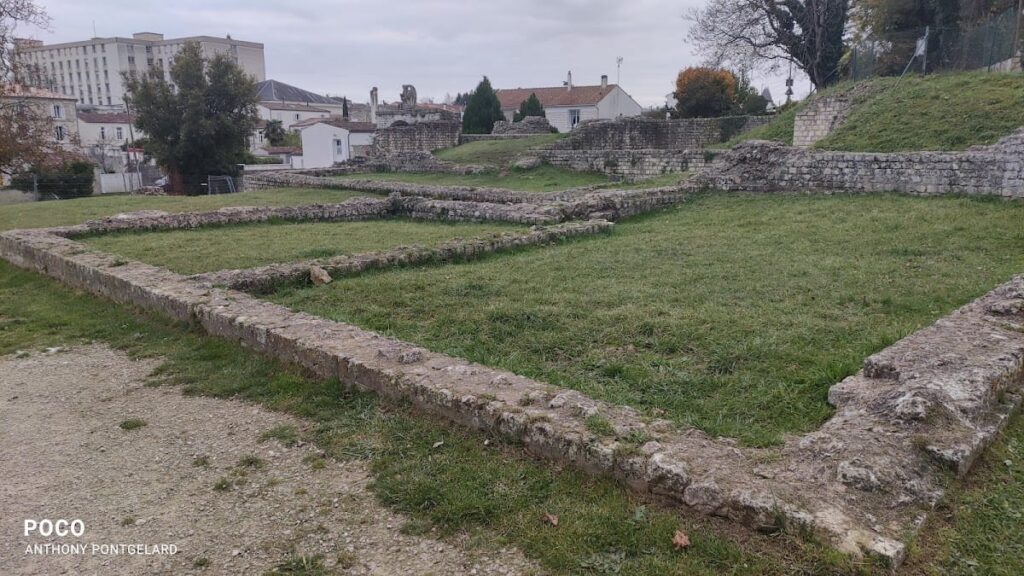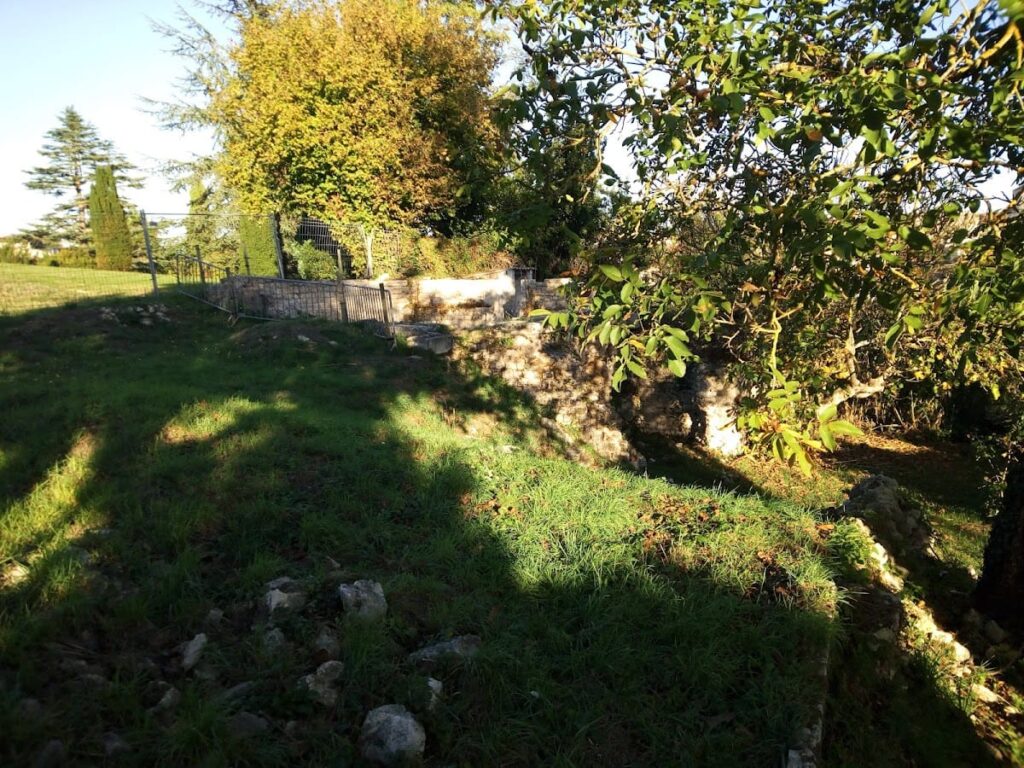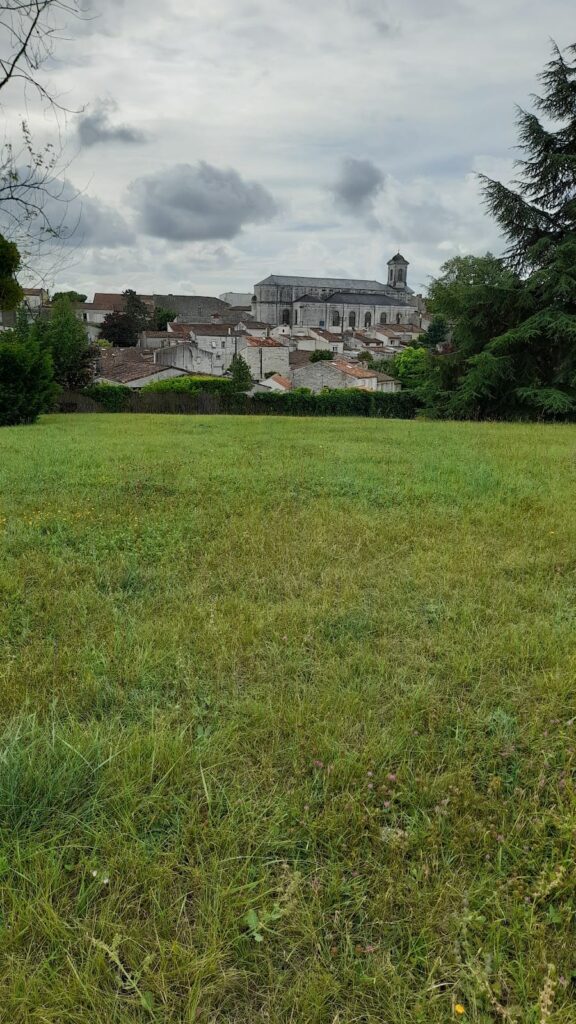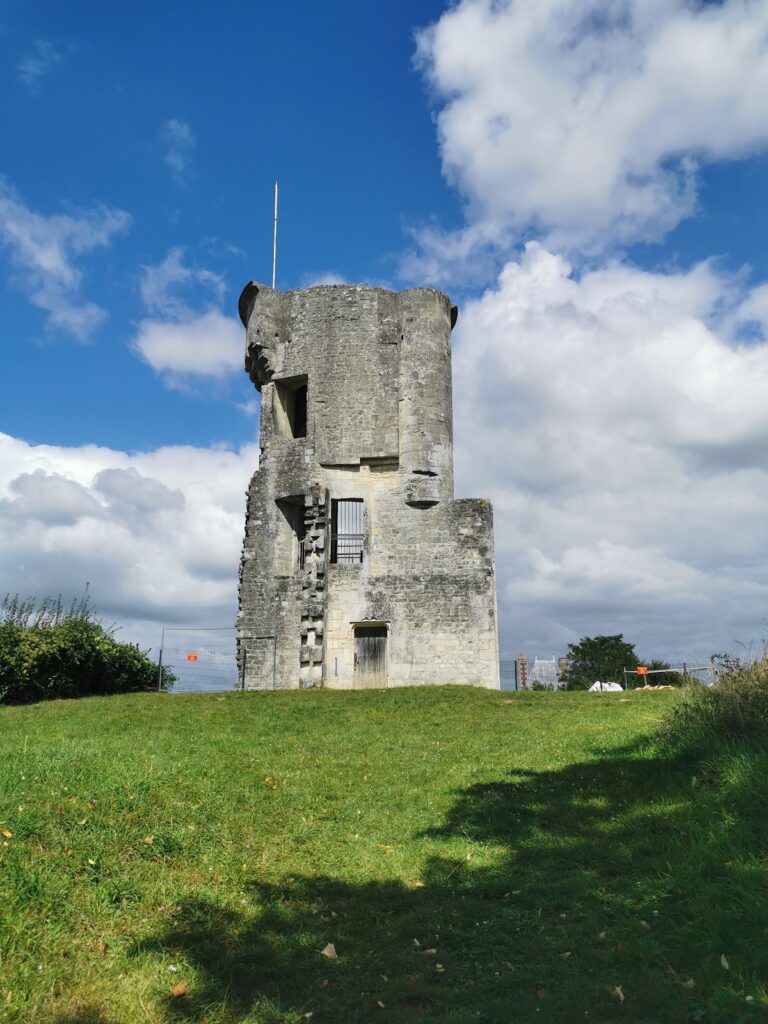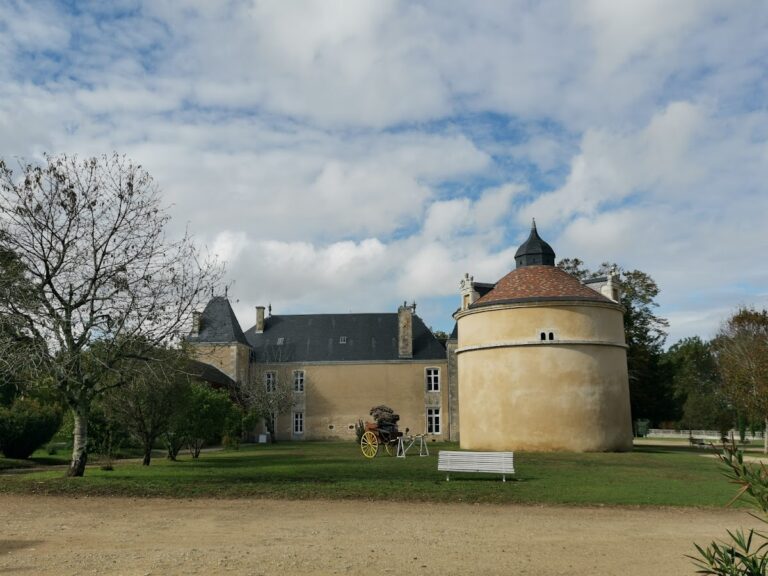Thermes de Saint-Saloine: Roman Baths in Saintes, France
Visitor Information
Google Rating: 3.6
Popularity: Low
Google Maps: View on Google Maps
Country: France
Civilization: Medieval European, Roman
Remains: Sanitation
History
The Thermes de Saint-Saloine are located in Saintes, a city in the Charente-Maritime department of southwestern France. This site was part of Mediolanum Santonum, the capital of the Santons civitas during Roman times. The baths were constructed by the Romans in the late 1st century AD, marking the third building phase on a site previously occupied by workshops, homes, or an unidentified public structure since the early 1st century.
Around the late 1st century, the baths were likely supplied with water by the Douhet aqueduct, built during the same period. The complex saw enhancements around the transition from the 2nd to the 3rd century AD, reflecting continued use and investment. However, by late antiquity, the baths were abandoned, possibly due to a shrinking population, security concerns, or difficulties in maintaining the facilities.
Following their abandonment, the ruins were repurposed as a paleo-Christian sanctuary and later transformed into a Romanesque church dedicated to Saint Saloine. This religious reuse helped preserve parts of the structure. From at least the 16th century, the site was recognized as ruins but was mistakenly identified as a temple to Minerva until 1880, when Camille de La Croix correctly identified the remains as Roman baths.
Excavations began in the late 19th century, led by the Morand family who owned the land. More extensive, though unpublished, archaeological work took place in 1906 after the site was declared a historic monument in 1904. Recent maintenance efforts in the 2010s have led to new interpretations of the site’s features. The Thermes de Saint-Saloine remain one of only four ancient monuments still standing in elevation in Saintes, alongside the Germanicus Arch, the amphitheater, and the Gallo-Roman city walls.
Remains
The thermal complex extends about 80 meters from north to south, though parts of the northern and western sections have been lost due to later cemetery use and urban development. It sits on a hilltop oriented west to east, approximately 30 meters above sea level, overlooking the Charente valley and the Saint-Saloine ravine. The baths were built using typical Roman construction techniques, including thick masonry walls and vaulted structures.
The northern area contained a palaestra, an open courtyard used for exercise, which was rectangular or trapezoidal in shape. This space was bordered on at least two sides by a colonnaded walkway. Within the palaestra’s footprint, there may have been a natatio, or swimming pool, though this is not certain.
Directly south of the palaestra lies the frigidarium, a cold room featuring a small apse that likely held a basin or pool. The frigidarium’s walls were thin and supported a wooden roof. Mosaic fragments found here suggest decorative flooring. Further south is the laconicum, a heated dry room identified by its thick walls designed to support vaulted ceilings.
The best-preserved part of the baths is the caldarium, a large heated room measuring about 199 square meters. Its southern walls are over three meters thick, built to support the heat from the hypocaust system, an underfloor heating method. Two furnace rooms, called praefurnia, were located on the east and west sides to provide hot air and water. The caldarium featured internal and external exedrae, recessed niches, on its north and south walls, which may have contained basins. Large windows on the southern wall allowed natural light inside. Marble fragments found on site indicate the room was richly decorated.
The southern retaining wall of the caldarium includes five large exedrae, three rounded and two rectangular, each about 2.8 meters high and 2.7 meters wide. These niches likely formed part of a monumental fountain, with basins at their bases. Lead pipes probably supplied water to this fountain, which discharged through carved mascarons, or decorative spouts, in the rectangular niches.
Service areas and corridors for staff were located near the heating chambers. One furnace room on the east side may have contained a water storage cistern accessible by an internal staircase. Water was probably brought from the Douhet aqueduct, entering from the south and crossing the ravine by an unknown structure before reaching a reservoir that distributed water to the heating systems.
Drainage was managed by a sewer running north to south from the palaestra to the service rooms. This system collected rainwater from roofs and portico gutters, one of which remains well preserved. The baths were bordered to the north by a wide east-west street, or decumanus, separating them from a residential area. To the east, a north-south street, or cardo, lined with shops or workshops fronted by a colonnaded portico, ran alongside the baths. The eastern wall of the baths also served as the rear wall for these commercial buildings.
At the southern end, the cardo ended at a reinforced retaining wall with an exedra. This feature may have supported a sanctuary platform with a cella, or inner chamber, above, or it might have served as a bridge abutment crossing the ravine. This suggests the cardo was the main north-south axis of the city.
A latrine building described in 1896, possibly located south of the baths, was built using opus mixtum, a Roman construction technique combining brick and stone. It could accommodate 37 users at once. A carved stone related to sponge cleaning was found, though its exact location within the ancient city remains uncertain.
Only some wall sections with niches from the southern caldarium wall survive, along with a few stones from the later Saint-Saloine church. Numerous ancient and medieval sarcophagi discovered nearby indicate the site’s use as a burial ground during late antiquity and the early Middle Ages.
